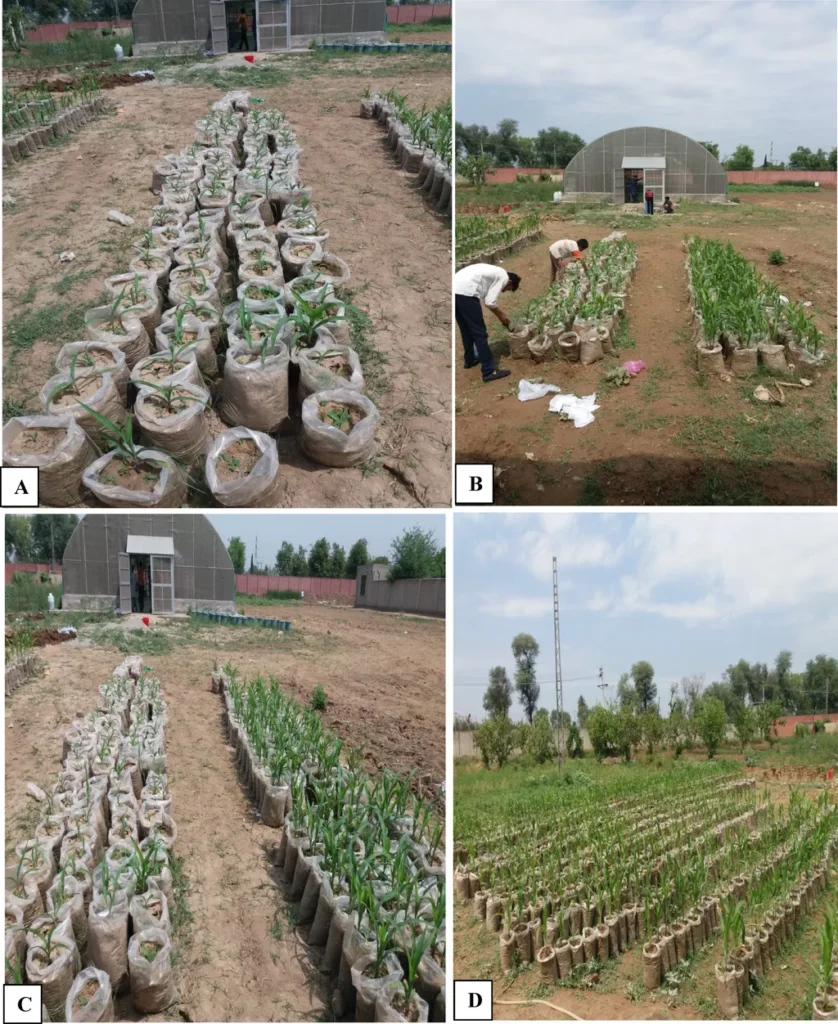In the face of escalating soil salinity threatening global crop yields, a recent study published in the journal ‘Plants’ offers a promising avenue for enhancing agricultural resilience. Led by Jyoti Mani Tripathi from the Biophysics and Photosynthesis Lab at DDU Gorakhpur University in India, the research delves into the role of gibberellic acid (GA3) in mitigating the adverse effects of salinity on crops.
Salinity stress disrupts ion balance, triggers osmotic stress, and generates reactive oxygen species (ROS), leading to reduced chlorophyll content, impaired photosynthesis, and stunted growth. Excess sodium and chloride ions accumulate in plants, disrupting nutrient uptake, destabilizing membranes, and inhibiting critical enzymes like Rubisco, which is essential for carbon fixation.
Tripathi’s research highlights GA3 as a key regulator of salinity resilience. “GA3 enhances stress tolerance through various mechanisms, including scavenging ROS, stabilizing photosynthetic machinery, and promoting osmotic adjustment via osmolyte accumulation,” Tripathi explains. The study also underscores the interaction of GA3 with DELLA proteins and its cross-talk with other plant hormones like abscisic acid, ethylene, and calcium signaling pathways, which fine-tune stress responses.
The commercial implications of this research are substantial. With soil salinity affecting over 20% of irrigated lands globally, the development of salinity-resistant crops could significantly boost agricultural productivity. GA3 application has shown promise in improving growth parameters, but its efficacy varies with concentration and species. Lower doses often prove beneficial, while optimum doses can be inhibitory. This variability underscores the need for further research to optimize GA3 application methods.
Tripathi emphasizes the importance of field validation to bridge the gap between lab-based findings and real-world applications. “Field validation is critical given variations in soil chemistry and irrigation practices,” she notes. Future research must integrate biotechnological tools like CRISPR and transcriptomics to unravel GA3 signaling networks and develop climate-resilient crops.
The study’s findings could shape future developments in agritech, particularly in the realm of crop biotechnology and sustainable agriculture. By harnessing the potential of GA3, farmers and agritech companies could develop innovative solutions to combat soil salinity and ensure food security in an increasingly salinizing world. As Tripathi’s research suggests, interdisciplinary approaches are crucial for unlocking the full potential of GA3 in sustainable salinity management.

